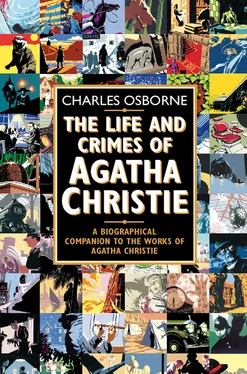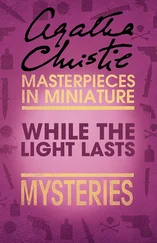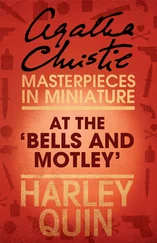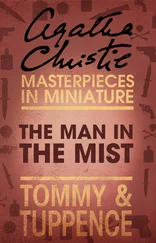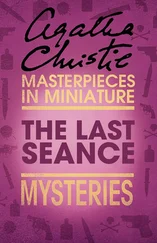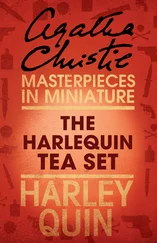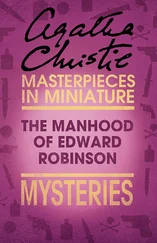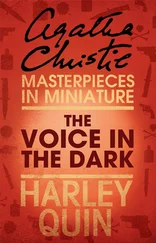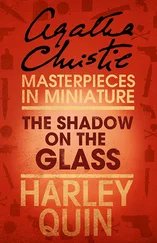The story, narrated not by Poirot’s usual associate, Hastings, but by the local doctor whose name is Sheppard, begins with the death of someone other than Roger Ackroyd. Mrs Ferrars, a wealthy widow, has been found dead in her bed, and Dr Sheppard has been sent for. He suspects suicide, but sees no point in saying so publicly. The following evening Roger Ackroyd, a wealthy widower whom village gossip had prophesied would marry Mrs Ferrars, is murdered in the study of his house.
We are soon introduced to Dr Sheppard’s sister Caroline, who keeps house for him, and to the Sheppards’ neighbour, a recent arrival in the village of King’s Abbot. He is a foreign gentleman with ‘an egg-shaped head, partially covered with suspiciously black hair, two immense moustaches, and a pair of watchful eyes’. He has retired from whatever his profession may have been, grows vegetable marrows, and is thought to be called Porrott.
Porrott, of course, is simply the King’s Abbot pronunciation of Poirot, and soon the retired detective has introduced himself to Dr Sheppard, has admitted how bored he is with his vegetable marrows, and how much he misses his friend (‘who for many years never left my side’) who is now living in the Argentine. When Poirot is asked to investigate the murder of Roger Ackroyd, he allows Dr Sheppard to take the place of his old friend Hastings as assistant and part-confidant; and also as Boswell to Poirot’s Johnson, for it is Sheppard who writes up the case and is the chronicler of Poirot’s eventual success.
It is not a success which comes easily to Poirot, for the suspects are many and varied. Most of them were staying in Ackroyd’s house when he was murdered. Major Blunt, a big-game hunter, is an old friend, and appears to have a romantic interest in Ackroyd’s niece, Flora. Flora and her mother, who is Ackroyd’s widowed sister-in-law, are poor relations living on a rich man’s charity. Geoffrey Raymond, the dead man’s secretary, Ursula Bourne, a somewhat unusual parlourmaid, and Ralph Paton, Ackroyd’s adopted son who is burdened with gambling debts, all come under suspicion.
Poirot is assisted not only by Dr Sheppard but by the doctor’s sister Caroline, a middle-aged spinster who seems to know everything that goes on in the village. Many years later, in discussing the character of Miss Marple, an unconventional solver of puzzles whom she was to introduce in Murder at the Vicarage, Agatha Christie said she thought it possible that Miss Marple ‘arose from the pleasure I had taken in portraying Dr Sheppard’s sister in The Murder of Roger Ackroyd. She had been my favourite character in the book – an acidulated spinster, full of curiosity, knowing everything, hearing everything: the complete detective service in the home.’
It is not simply because of its startling dénouement that The Murder of Roger Ackroyd has remained one of Agatha Christie’s most popular novels. The story is believable, the characters convincing, and Mrs Christie’s ear for dialogue is accurate. That she can occasionally be clumsy ought not to obscure the fact that, on form, she writes speech which sounds natural, whether it issues from the mouth of a peeress or a parlourmaid. Even more impressive is her ability to enter into the thought processes of her male characters. Dr Sheppard, the narrator of Roger Ackroyd, is a fully rounded and perfectly convincing character, and his loving, exasperated relationship with his sister Caroline, an amusing and acutely observed character, is beautifully conveyed. Another important ingredient in the success of the novel is the background of English village life which Mrs Christie provides. It is never obtrusive but it is there, and it is important.
From The Murder of Roger Ackroyd onwards, Agatha Christie’s readers knew what to expect, or rather knew that they would never know what to expect. And it is this quality of unexpectedness which makes Mrs Christie unique among crime writers. Dorothy L. Sayers writes more elegantly but also, at times, more ploddingly. Her stories do not move quickly. Ngaio Marsh is in the Christie tradition but can get bogged down in endless interviews with suspects. Patricia Wentworth is pastiche Christie and her villains can usually be guessed. After the trick Christie played on her public in Roger Ackroyd (though some of those who remembered The Man in the Brown Suit ought perhaps not to have been taken in), clearly there were no holds barred. It is this realization that no one, absolutely no one, is exempt from suspicion in an Agatha Christie novel that makes reading the finest ones such a delight. Here she will kill off all the characters, there she will make virtually everyone the murderer, somewhere else the crime will be committed by – no, surely not by him? But how could she possibly justify that? Well, she does.
Her puzzles endure to delight and surprise readers towards the end of the twentieth century just as much as they did in the twenties because they are not mechanical but concerned with human character. The locked-room mysteries beloved of John Dickson Carr are of no great interest to Agatha Christie, nor are the fiendish devices, the evaporating ice darts or any of the other paraphernalia used by some of the earlier crime writers. Her tricks are sometimes verbal, sometimes visual. If you listen carefully and watch her all the time, you may catch Mrs Christie, but it is highly unlikely that you will. The solution which she has somehow persuaded you quite early in the narrative is not the correct one very frequently is – but not invariably.
Mrs Christie is at her best throughout The Murder of Roger Ackroyd. The occasional Christie carelessness is there, as when she tells us that Ackroyd is nearly fifty years of age, and a paragraph or two later it becomes clear that he could not have been older than forty-three. And Poirot’s years in England have caused his command of French to deteriorate. He says ‘Je ne pense pas’ when he clearly means ‘Je crois que non’, and in any case is perfectly capable of saying ‘I think not’ in English. But these are minor quibbles. In Dr Sheppard and his sister Mrs Christie has created a pair of highly engaging characters, and her description of Caroline Sheppard, tempted to gossip, but wavering for a second or two ‘much as a roulette ball might coyly hover between two numbers’, is especially felicitous.
You can usually expect a little music in her books and, at least in the early Christies, a little anti-semitism. Both are to be found in Roger Ackroyd. Oddly, it is the unmusical Major Blunt who provides the two references to opera when he talks of ‘the johnny who sold his soul to the devil’, adding that ‘there’s an opera about it’, and later reveals his knowledge that Mélisande is someone in an opera. Agatha Christie probably saw both Faust and Pelléas et Mélisande during her period at finishing school in Paris, but you would not have expected Major Blunt to know Debussy’s opera though he might just have been aware of the more popular Faust of Gounod. Blunt, incidentally, is a name Mrs Christie seems to have been fond of using. Three more Blunts, one of them an Admiral, will turn up in later works.
The mandatory anti-semitic reference occurs when one of the characters receives demands from debt collectors (Scotch [sic] gentlemen named McPherson and MacDonald), and Dr Sheppard comments: ‘They are usually Scotch gentlemen, but I suspect a Semitic strain in their ancestry.’
Two years after its publication, The Murder of Roger Ackroyd was adapted for the stage by Michael Morton. Mrs Christie much disliked Morton’s first suggestion which was to take about twenty years off Poirot’s age, call him Beau Poirot, and have lots of girls in love with him. With the support of Gerald Du Maurier who produced the play, she persuaded the adaptor not to change the character and personality of Poirot, but agreed to allow Caroline Sheppard to be turned into a young and attractive girl, in order to supply Poirot with romantic interest. Mrs Christie’s agreement was reluctant. She resented the removal of the spinster Caroline, for she liked the role played by this character in the life of the village, and she liked the idea of that village life being reflected through Dr Sheppard and his sister. In the play, Poirot confesses to Dr Sheppard that he loves Caryl, as she is now called and, although at the end the great detective announces his intention to leave ‘for my own country’, the final moments suggest that he may, one day, come back for Caryl:
Читать дальше
